Using the Microplate Washing Machine for COVID-19 determination

The microplate washer is laboratory equipment designed to clean the wells of the plate containing study samples. It is an autonomous tool used in biochemistry tests, which eliminates all kinds of waste and reagents that did not react. For the science practices for 96 or 384 wells are angle probe to access subtle flushing of cell types with easy adherence.
Importance of Microplate Washer for Chlamydia Diagnosis
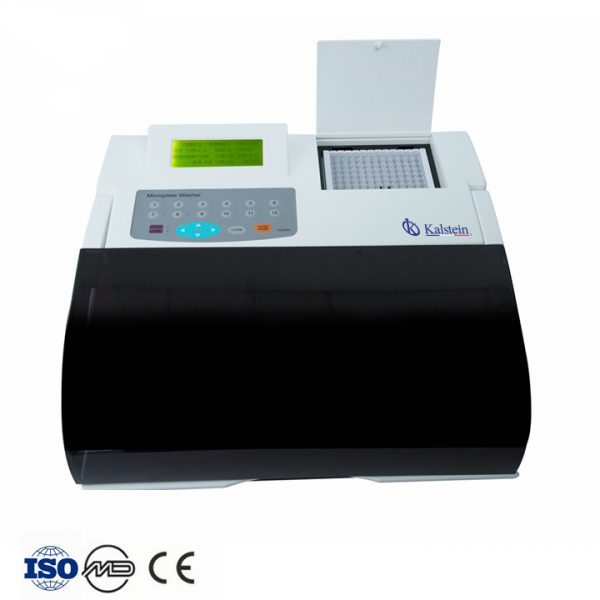
The microplate washer is a laboratory tool designed to clean the plates that are used to carry out tests of Elisa, in which it is responsible for measuring the parameters depending on each wash and store permanently in the memory of the equipment so that they are selected through the digital keyboard that has integrated the equipment. Thus, the microplate washer performs the cleaning of 96 wells and provides facilities for the classification of measures in compliance with the particular requirements of each wash.
Microplate Washer for Microbiological Diagnosis of Viral Hepatitis

To perform microbiological studies in the laboratory, medical equipment is necessary especially for the determination of viral or viral diseases such as hepatitis. Using the Elisa technique, it is possible to detect the disease of specific antibodies to viral antigens in serum samples of the patient, which are part of the microbiological load establishing virological diagnosis of it.
Microplate Washer to Determine Lichen Planus

Lichen planus is a benign disease with clinical and histopathological findings. It has a clear result on epithelial transition and immune cell function. And it is detected with assays such as indirect immunoflorescence Elisa that is detected with circulating antibodies in the serum that bind to collagen domains.
How do you prevent contamination in a laboratory incubator?
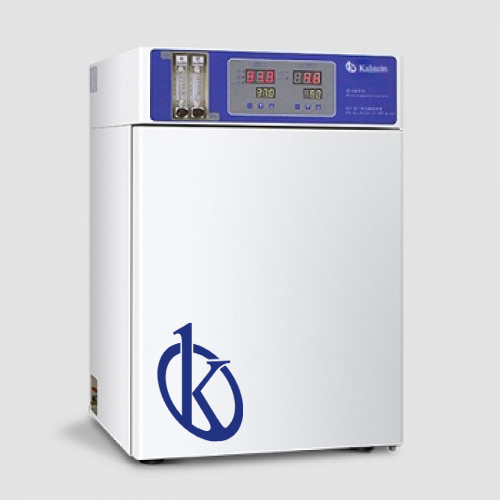
An incubator, which is a device used to maintain adequate conditions for the culture of cells, tissues, and microorganisms, operates in a laboratory. This incubator must be protected from contamination to allow good experiments to develop. A contaminated incubator can cause erroneous and misinterpreted results, affecting the veracity of the results obtained. Such contamination may eventually reduce laboratory performance and efficiency.
How is the temperature controlled in a laboratory incubator?
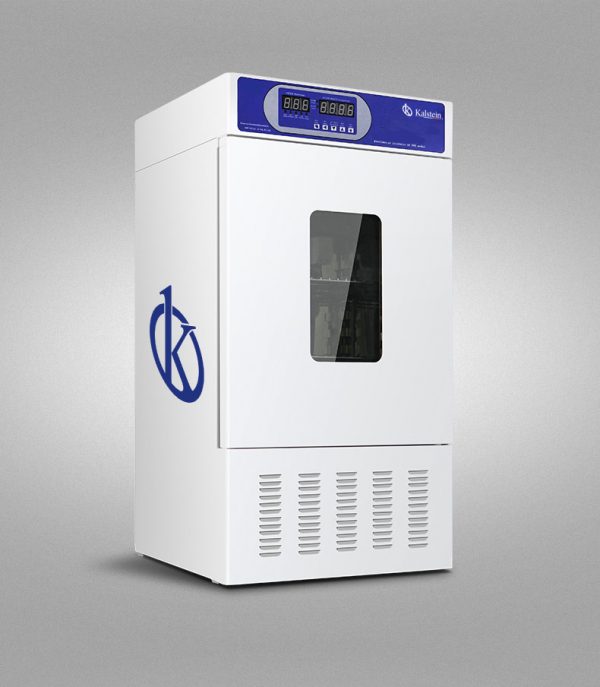
The laboratory incubator is an important device used for research and product creation purposes. It is designed to provide a stable and controlled environment for growing cells, growing bacteria, or other biologically related experiments. These boxes are designed to automatically regulate the temperature inside to achieve the best results.
Advantages of spectrophotometer for detecting impurities in food
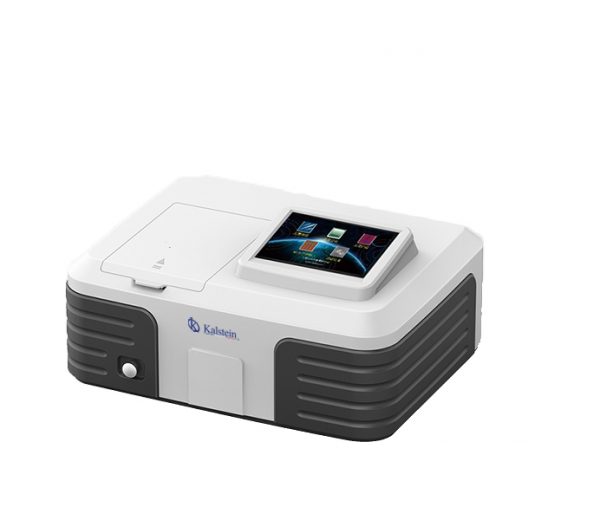
Food that reaches the consumer has already gone through a journey from the producer, packaging, distribution and placing on the shelf. During this process, food is exposed to foreign agents. These impurities are called contaminants, which can become harmful to people’s health, or damage the product causing loss of money. Its origin is diverse and contamination can occur at any stage.
What technology uses a spectrophotometer?

A spectrophotometer is a laboratory equipment used to measure the absorbance of a sample, as a function of the wavelength of an electromagnetic radiation, and thus know the concentration of substances in a solution. In general, this equipment consists of 4 main parts: a source, a monochromator, a beam splitter, a sample area and a detector. It also has optical elements such as lenses or mirrors, which transmit light throughout the entire equipment.
Use of the Colorimeter in determining the concentration of nutrients in the water used in the laboratory
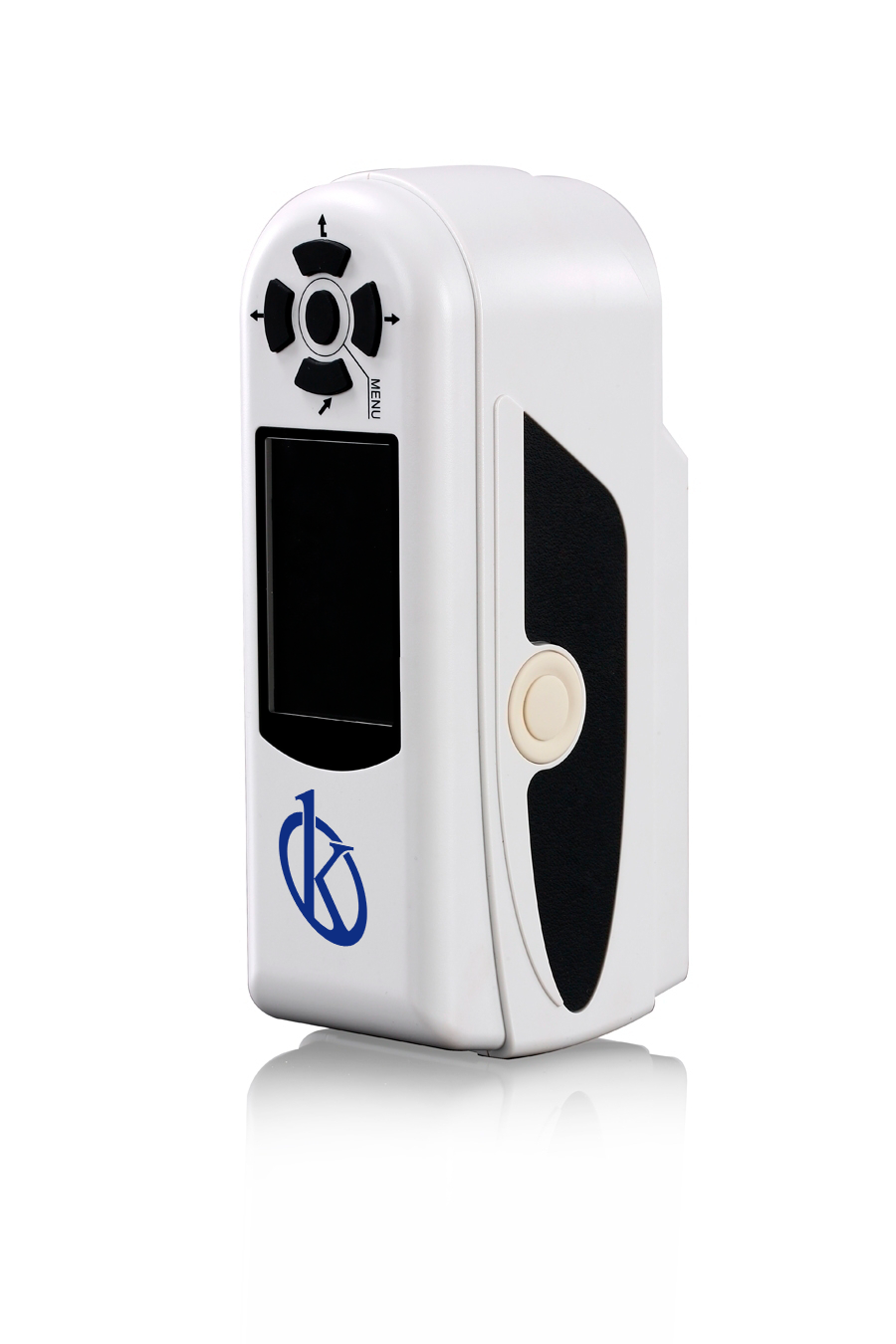
A colorimeter is a tool used to determine the concentration of a chemical in a sample. It is a portable and compact device that can be used both in the laboratory and in the field. Therefore, in Kalstein we have the optimal colorimeter that measures the absorbance of a solution, and converts the concentration of a substance into a numerical value. This tool is very useful for measuring the concentration of nutrients in water, since accurate and fast results can be obtained.
Colorimeter Applications in Analytical Chemistry
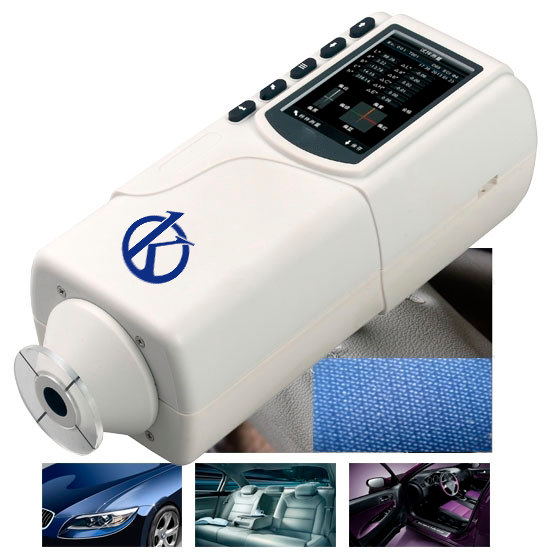
In analytical chemistry, a colorimeter is an instrument used to measure the concentration of a solution by measuring the absorbance of light at a particular wavelength. It usually consists of a light source, a filter and a detector. The light source is usually white light and the filter is used to select the wavelength of light that will pass through the solution. The detector is usually a photodiode, which converts light into an electrical signal.
